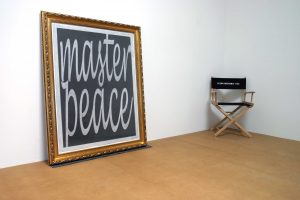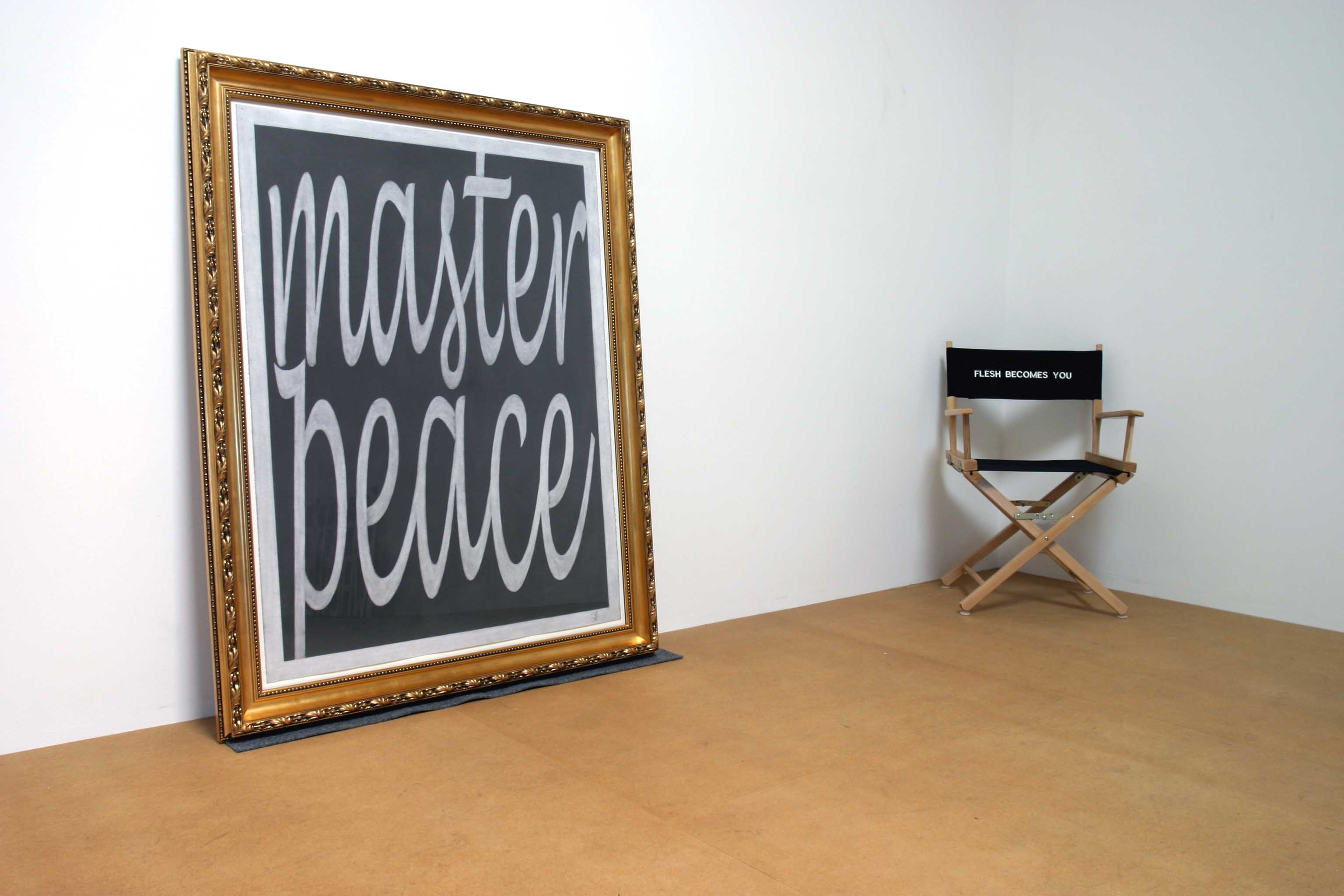 Modernity is filled with vicious lies. Some of these lies are as quaint as they are inconsequential, like that a BMW will get you laid or that Nikes will turn you into Michael Jordan. There are others which are much more dangerous, and it is these that many of us often accept without comment or reflection. The most disgusting of these is the idea that there is no such thing as objective beauty.
Modernity is filled with vicious lies. Some of these lies are as quaint as they are inconsequential, like that a BMW will get you laid or that Nikes will turn you into Michael Jordan. There are others which are much more dangerous, and it is these that many of us often accept without comment or reflection. The most disgusting of these is the idea that there is no such thing as objective beauty.
The discussion within much of the media often focuses on questions of sexualization or of health, with writers pontificating one way or the other about how that model is too thin or that advertisement telling children to get their mothers to buy them makeup and short skirts is lewd and predatory. Disagreements on questions of aesthetics are never resolved or even undertaken with the language of ‘beauty’ or ‘goodness.’ No, for as soon as anyone ever invokes a value judgement, “I think that is beautiful,” the response is always “in your opinion.”
The character of modernity is supposedly one of subjectivity. Just as in our political culture, judgements about the correctness or rightness of certain modes of expression or forms of life are dismissed as unreasonable, so are expressions of aesthetic or moral positions. You may think that unmade bed is ugly, I think that it is art – and since both of our opinions are equally valid, no one can make any substantive claim of beauty.
So when individuals or institutions decide to construct a campus with buildings that have the candy-coated quality of a neo-Stalinist revival, one can only say that I don’t like strawberry. Any attempt to make an utterance of any substantial quality – to judge that those buildings are not only aging but are ugly and have been since they were built – is to engage in heresy. Paralyzed by our inability to talk about what is truly beautiful we turn to kitsch.
Thus no one ever considers constructing a library to rival the Radcliffe Camera or a grand hall that would do justice to the Hagia Sophia. Instead, we endorse again and again the lie of Adolf Loos and perpetuate the vulgar modernist myth of utter subjectivity.
All of us are diminished by this, and the result is an ugly campus. Our buildings are ugly and aging and if they ever looked shining and new and modern they will soon look as misinformed as the Space Needle and as ill advised as the Starbucks in the Forbidden City.
We have now entered the second century of ugliness. Everywhere we are besieged by that which is unbeautiful and those vulgarities which masquerade as the truly sublime. I have no hope for the wider community to throw off the more dangerous and dogmatic elements of modernity, but I do hope that some within our university community will begin to realize that no matter what the architect says, concrete and glass are as appealing as the panopticon.


